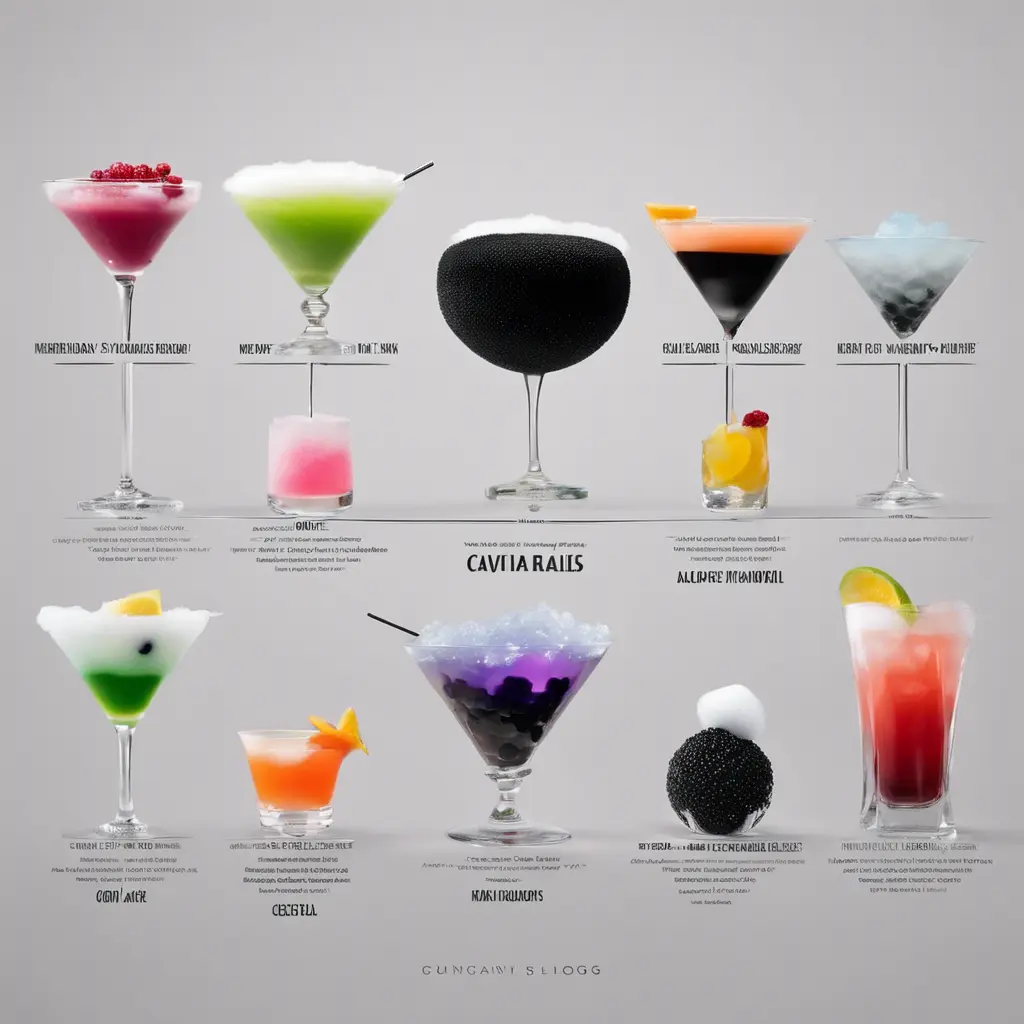How to…
For anyone who has never tried to make the Molecular mixology types of drinks, it might seem a bit too intimidating initially, with a steep learning curve and not worth the time invested, which is entirely understandable. I can assure you that it is easier than it seems. The techniques I started with are simple, easy to do, and don’t require much money.
Hydrocolloids are some of the ingredients required to create some of the effects and transformation of the drinks. Hydrocolloids are complex polysaccharides that, when dispersed in water, can change the viscosity of the solution or simply a substance that forms a gel in contact with water. They can be found, for instance, in ice cream, preventing ice crystallization, low-fat yogurt, sauces, desserts, dietary bread, and many more products. Lately, even some Radler makers have been using them in their recipes.
Hydrocolloids include gelatin, Lecithin, Xanthan gum, pectin, carrageenan, Agar-agar, sodium alginate, and many others. Some must be dissolved in cold water, and others in hot water. They have different specifications and purposes, so choosing which one to use depends on the final presentation you want to achieve.
The different categories of molecular mixology drinks are based on the type of effect we want to see, similar to the drink families of Collins, Sour, Flip, etc. Once you know how to make foam, you can change the ingredients, but the method stays the same.
These categories can be defined as Air, Mist, Foams, Spherification, jellyification—solid cocktails, Suspension, Candy floss, Dust, Hot and Cold, Flavor and color-changing cocktails, Nitro cocktails, and Fat-washing. These techniques are by no means closed definitions; ingredients used in one category can be combined with another to create multi-hydrocolloid recipes. Hydrocolloids might be based on science, but their application is a form of art limited only to our imagination.
A word of warning: please make sure you use only food-grade ingredients.
Airs
Airs are tiny bubbles that can be flavoured with anything and used as garnish above the drink. They are made by using Lecithin. Commercially available Lecithin is usually produced from soya beans and has good emulsifying properties.
Mist
To add another flavour, pour alcohol into an atomizer bottle and use the mist to spray over an already-made drink and garnish.
Foams
Several different ways can be used to create foams and gels. Egg whites, cream, gelatin, and Xanthan gum can be used.
Spherification
There are three forms of Spherification.
- Regular – using sodium alginate and calcium chloride,
- Reverse – Calcium Lactate Gluconate, Xanthan gum, Sodium Alginate.
- Frozen reverse -freezing the spheres that contain calcium lactate Gluconate before adding them to an alginate bath encapsulating a liquid inside.
Spheres are solid, and gel feels like a membrane; they revert to liquid when placed in the mouth. It creates a tiny gel surface.
Jellification
The technique makes edible cocktails or jello shots; gelatin, Agar Agar, and pectin are the most commonly used agents.
Suspension
It is a technique of adding ingredients to a drink without sinking. Xanthan Gum usually thickens the liquid to maintain the elements in suspension.
Dust
Crystallizing a liquid with high sugar content and intense flavour. Pour the liquid into a shallow container, leave it open for a few days, or use a food dehydrator to evaporate it. After that, use a muddler or spice grinder to reduce it to a dust-like form. Rimming a glass, sprinkle over or for Candy Floss cocktails.
Hot and Cold
Hot and Cold drinks are when half of the drink is cold, and the other is hot. This creates confusion in the sensory perception. I use agar-agar, but other gums can probably achieve the same effect.
Colour Changing Drinks
To achieve the desired effect, you need Dried Pure Butterfly Pea Flowers, Tea, or fresh flowers if you live in Southeast Asia. When steeped in water, the butterfly pea flower turns blue. Add lemon juice, and the drink’s pH increases, causing the colour to fade from blue to purple. Adding baking soda to the drink makes it less acidic and bluer. Also, the infusion of alcohol might take overnight to a few days.
This type of drink is best done or served in front of customers as the main focus is on the presentation, especially the visual effect. It can not be done in advance and achieve the same result. Also, besides the flowers, the acidity modifier, lemon or lime, is the next most important ingredient as it determines the colour change. Usually, it is poured over last, but that depends on the drink you are making.
Nitro Cocktails
Liquid nitrogen is used to flash-freeze cocktails. Due to its instantaneous freezing, it creates probably the freshest-tasting drink. Use caution when working with liquid nitrogen and wear protective equipment.
Fat-Washing
Fat washing is a technique of infusing something oily, such as bacon, into alcohol, then freezing the liquid so that the fat separates and rises to the surface and, after that, is scrapped off and double finely strained. The effect is that the flavour stays in the alcohol, but the flavouring substance is gone. Suppose you use bacon or any meat to ensure it is thoroughly cooked. In that case, the fat-washing process should be done under lower freezer temperatures, and for safety reasons, the infused product should be stored in the fridge and used within a few days.
I will post example recipes for these techniques in separate posts.
References;
https://khymos.org/



